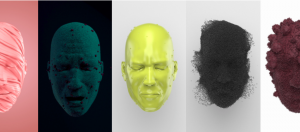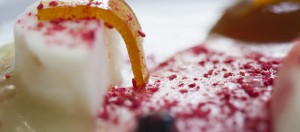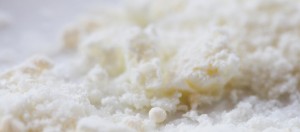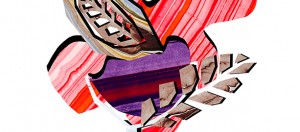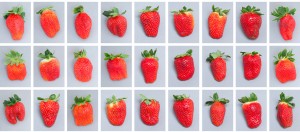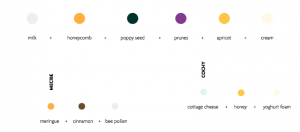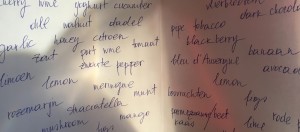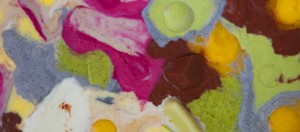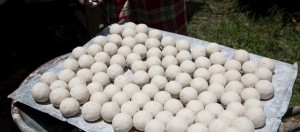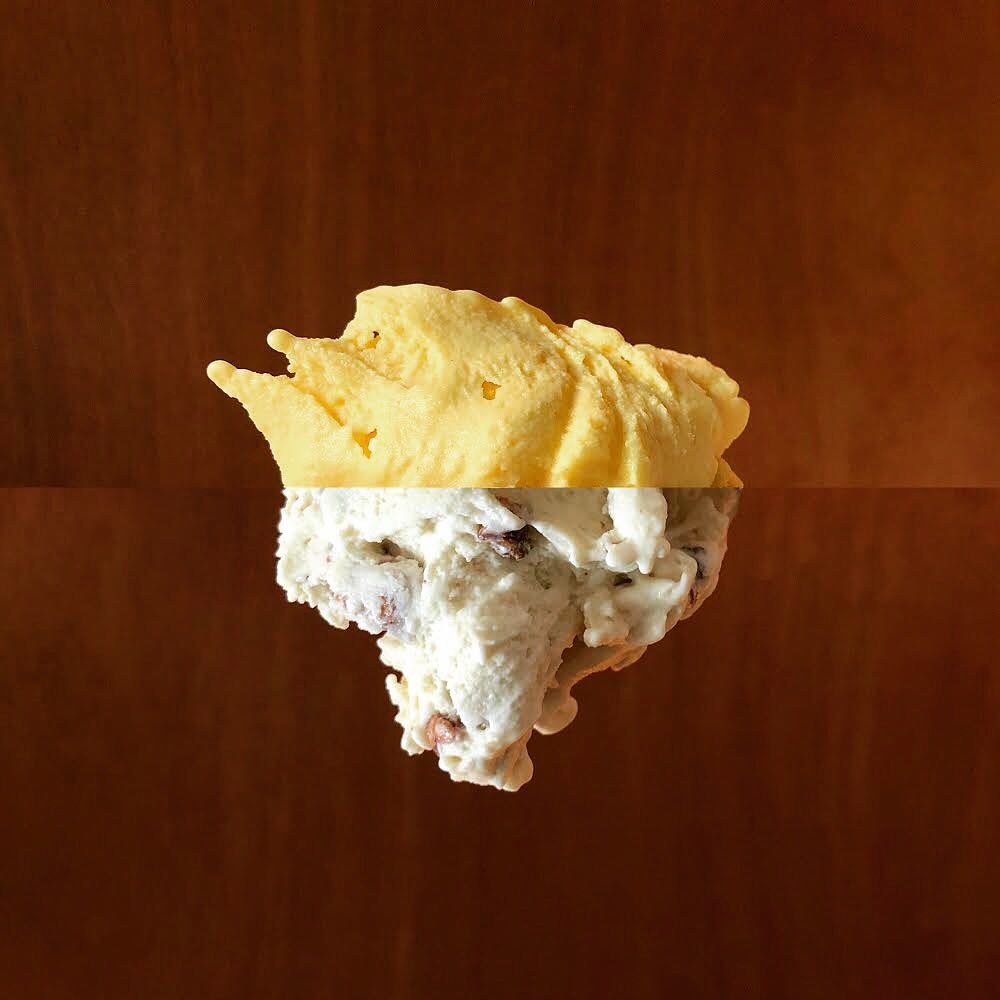
Recently we posted on our Instagram with an invite to dive into all the various textures, viscosities and mouthfeel possible in ice cream, gelato and sorbet. When we started exploring ingredients and creating our recipes, we soon realised that we were had a very fundamental problem - the word "cream" in ice cream. We were shooting for a very smooth creamy homogenic flowing structure. However, the more ingredients and variety of combinations we were testing, the more difficult it became to arrive to that homogenic universal creaminess of structure.
One of our guiding principles from the start is Cooking Below 0ºC. None of the cooking above 0ºC is requested to deliver universal structure, so we thought - why should we? Yet, when we look around in the world of ice cream, it seems that the goal has always been to arrive to the perfect "cream" part of ice cream. And that is how we end up with all the unnecessary emulsifiers, homogenisers, stabilisers, thickeners, etc.
So, we said - let's break with the fake dogma of standardised creaminess. There are many textures that naturally belong to ice cream, gelato and sorbet. Taste is king, but texture gives each flavour an importand additional dimension and personality. Imagine in the world of cooking above zero, if everything was mashed and served with the exact same structure?
For example our Secret Knowledge flavour (birch juice / lemon sorbet) looks like an Alpine peak with fresh snow on top, fresh and crispy, rather than smooth and flowing. That is how sorbets are - a bit icy in texture, a bit colder in temperature, with a bit of "snow-crunch" for mouthfeel. The crucial point in this flavour is the fermented birch juice, it would have been a real shame to hide it behind emulsifiers.
Or let's take Resting Warrior (coconut / lemongrass / kaffir lime) - with its uninterrupted mouthfeel, super smooth texture and warm feeling.
Studies* show that the use of additives reduces the taste perception - most often there is loss in perception of sweetness. So, once the sweetness of the fruit is "masked" by the additives, added sugar is needed to compensate for the loss of sweetness perception.
In our new menu there is a whole variety of textures to explore. Come by and we'll be happy to share more of our observations!
Photo © Ola Lanko
Source:
*"Flavour Perception: Aroma, Taste and Texture Interactions", Carole Tournier, Claire Sulmont-Rossé, Elisabeth Guichard; UMR1129 FLAVIC, INRA, ENESAD, Université de Bourgogne, 2007 Food 1(2), pp. 246-257.
